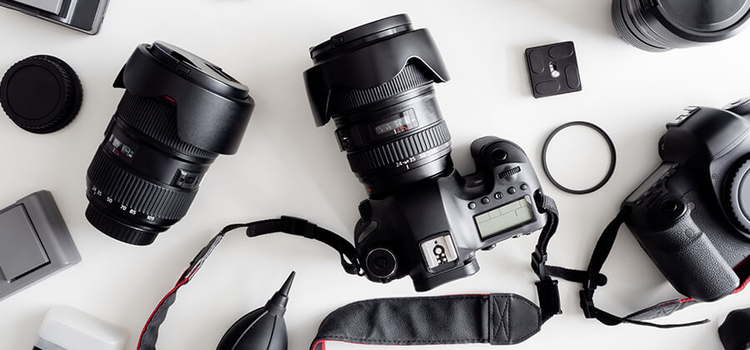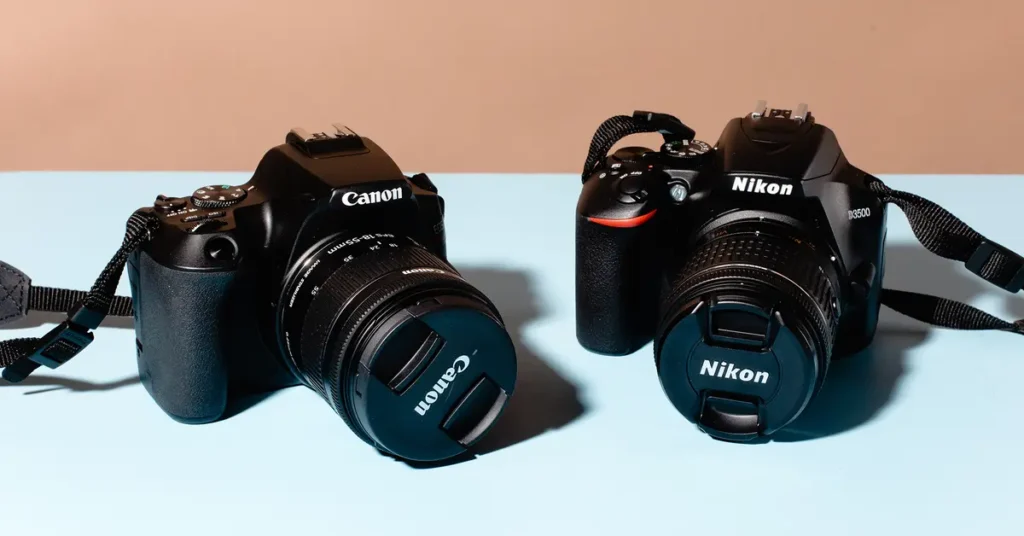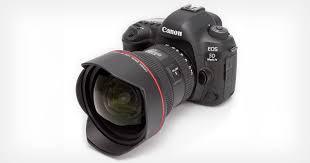
What is a DSLR?
DSLR stands for digital single-lens reflex camera. It is a type of digital camera that combines the mechanics of a single-lens reflex camera with digital image capture technology. Here is a breakdown of the components and how it works :
Key Components of a DSLR:
- Single-lens reflex (SLR) mechanism:
- The “single-lens” part refers to cameras that use only one lens for both image composition and capture. This is different from older film cameras, where separate lenses were used for viewing and capture.
- The “reflex” part refers to the mirror system inside the camera. When you press the shutter button, the mirror flips up, allowing light to reach the image sensor to record the photo.
- Optical viewfinder:
- One of the defining features of a DSLR is the optical viewfinder. Light passes through the lens and hits a mirror inside the camera, which then reflects the light into an eyepiece, allowing you to see a real-time, direct image of the scene through the lens.
- Image sensor:
- DSLRs use a digital image sensor (CCD or CMOS) to capture the image when the mirror flips up. The sensor converts the light into electrical signals, which are then processed and saved as a digital image file (JPEG, RAW, etc.)
- Interchangeable lenses:
- DSLRs allow users to attach different lenses depending on the photographer’s needs. This flexibility enables photographers to choose lenses that best suit specific types of photography, such as wide-angle, macro, or telephoto.
- Shutter mechanism:
- When the camera’s shutter button is pressed, the mirror inside the camera flips, allowing light to reach the image sensor. This happens in a fraction of a second, and once the image is captured, the mirror returns to its original position.

How Does a DSLR Work?
- Viewing: When you look through the optical viewfinder of a DSLR, you are looking at the scene through the camera lens. Light passes through the lens and is reflected by the mirror into the viewfinder.
- Focusing: The camera’s autofocus system adjusts the lens to ensure that the subject is in focus. It typically uses phase detection (in the mirror box) for fast focusing in traditional still photography.
- Taking a photo: When you press the shutter button, the mirror flips up, exposing the image sensor to light. The camera captures the image and stores it on the memory card.
- Viewing the image—After the photo is taken, the mirror returns to its original position, and the image is displayed on the LCD screen or the camera’s file storage.
Advantages of a DSLR Camera:
- Image quality: DSLRs have larger image sensors than compact cameras, which means better image quality, especially in low light conditions.
- Optical viewfinder: Unlike the electronic viewfinders found in mirrorless cameras, optical viewfinders provide a direct, real-time view without any lag or delay.
- Durability: Many DSLR cameras are designed with robust, weather-sealed bodies, making them more suitable for challenging shooting conditions.
- Wide lens selection: DSLRs have a long history, so there are a variety of lenses available for almost every type of photography.
- Battery life: DSLRs typically have longer battery life than mirrorless cameras because they don’t use an electronic viewfinder.

Disadvantages of a DSLR Camera:
Size and weight : DSLRs are generally heavier and bulkierin comparison to mirrorless cameras, making them less portable.
Mechanical complexity—The mirror mechanism and optical viewfinder add mechanical complexity and more moving parts, which can be prone to wear and tear.
Live View mode: DSLR cameras are less effective when shooting in Live View mode (using the LCD screen) because they rely on slower contrast-detection autofocus rather than the faster phase-detection found in mirrorless cameras.
kindly visit our homepage…………
